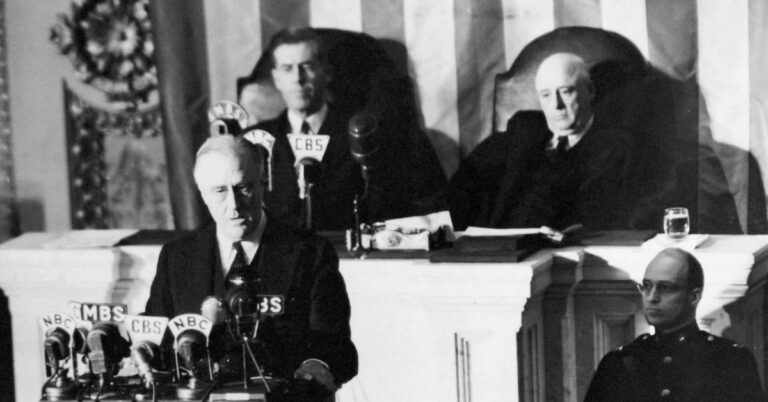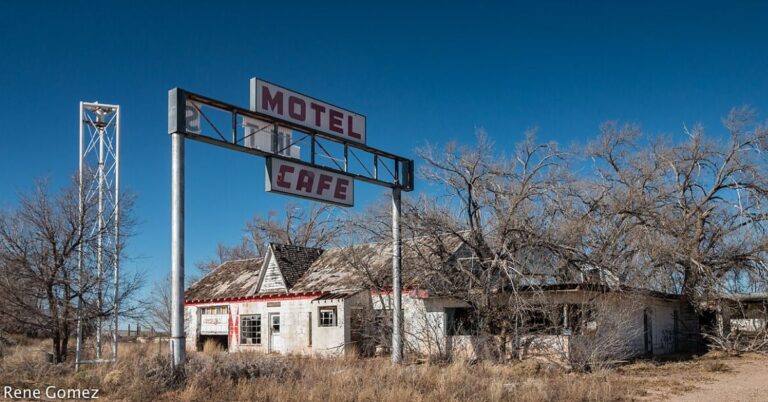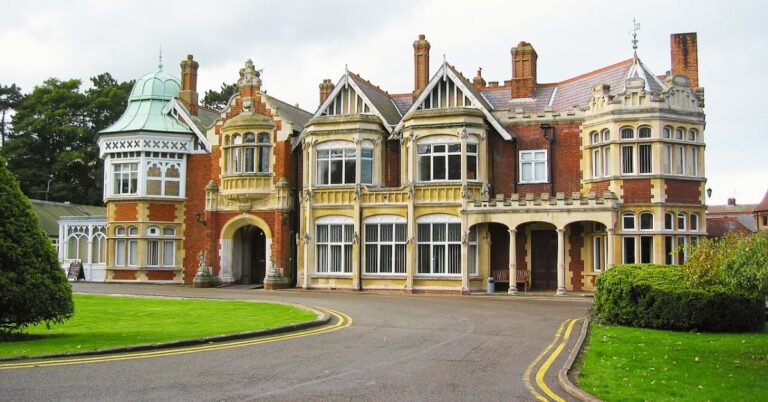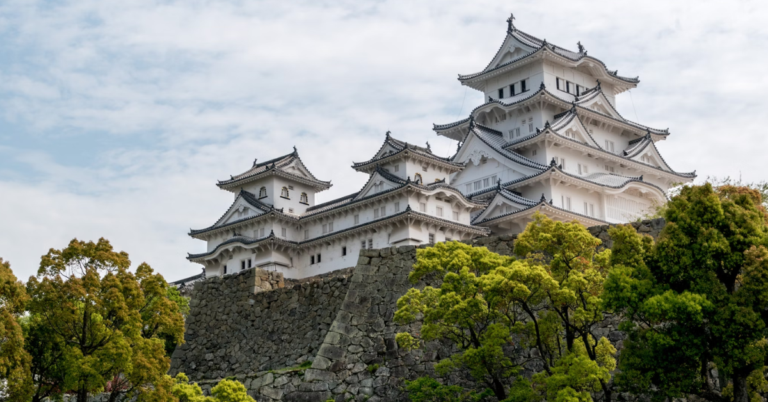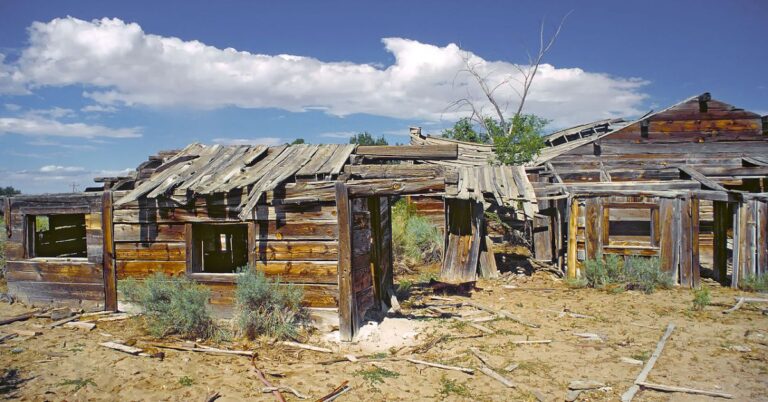15 Traditional Tepees That Tell Stories Of Ancient Wisdom

The paint fades, but the stories don’t. Look closely, and you’ll find the dreams of warriors, healers, and sky-watchers wrapped around old canvas. The following traditional tepees are more than just relics. They’re storytellers in disguise, still holding onto centuries of memory and meaning.
Standing Bear’s Battle Lodge
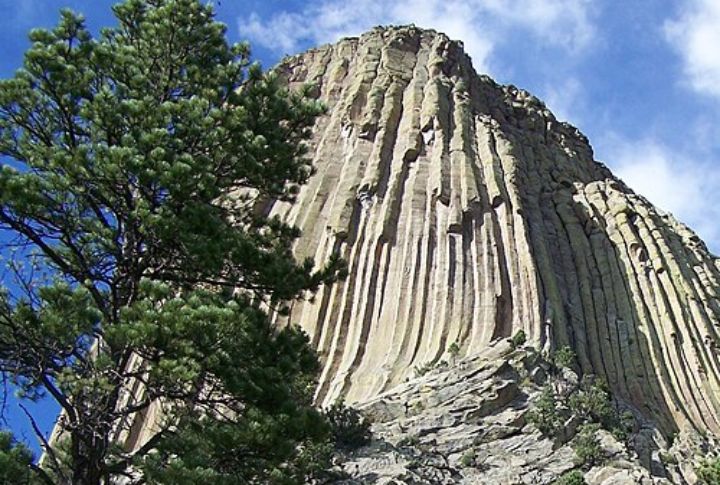
This Lakota masterpiece brings ancient warfare to life through vividly painted scenes that seem to move in flickering firelight. Warriors clash eternally across buffalo hide while horses gallop in impossible reds, greens, and yellows. What makes this tepee truly extraordinary is the bold signature reading “Standing Bear.”
Joseph No Two Horns’ War Chronicles

When bullets stopped flying after Little Bighorn, the battle-scarred Hunkpapa Lakota warrior traded his weapons for paintbrushes. He Nupa Wanica, survived 40 brutal conflicts, then immortalized those memories across the tepee canvas during reservation days. Museums worldwide now treasure his painted shields.
Thunder Lodge

Lightning splits the sky as soon as Thunderbird shares sacred visions with chosen Blackfoot souls. These aren’t your ordinary tepee designs—they pulse with supernatural energy that can shake the Earth itself. Apparently, only spiritually worthy individuals earned the right to display Thunder patterns.
Single Circle Otter Tepee

Six playful black otters dance eternally toward their rocky lakeside home on this thrilling Blackfeet canvas. Red Crow originally owned this beauty, but even after passing to Chewing Black Bones, everyone still whispered, “Red Crow’s tepee.” Those magical otters kept swimming through tribal memory.
Medicine Lodge
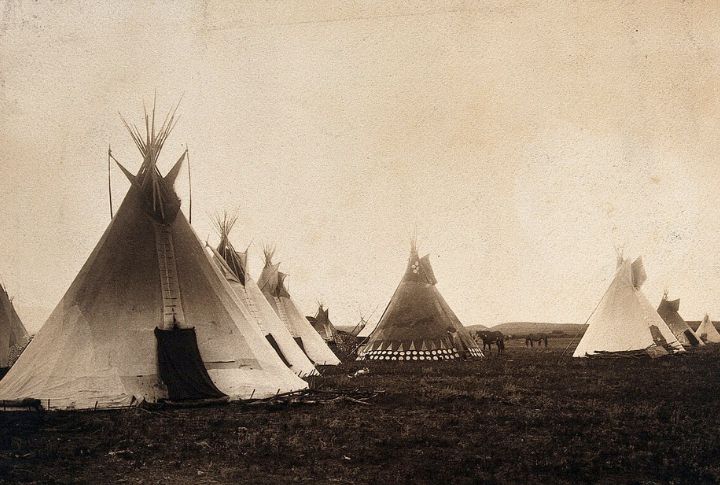
Summer’s sweetest berries signaled the Blackfeet’s highly sacred gathering within this hallowed ceremonial space. Warriors proved their devotion through painful self-sacrifice, while families feasted and exchanged precious gifts. Every ritual connected back to Scarface’s legendary quest to the Sun’s golden lodge.
All Star Tipi
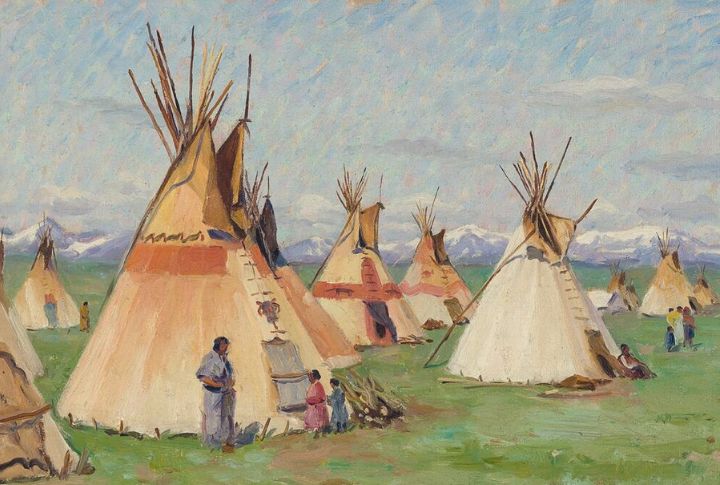
This Tipi featured a unique layout among Blackfeet painted tepees. It showcased geometric portrayals of celestial bodies across the cover, linking earthbound families to celestial rhythms. Every painted constellation told stories of navigation, seasons, and the eternal dance between heaven and earth.
Big Rock Tipi

Those massive prairie boulders aren’t just rocks—they’re living beings with souls, according to Blackfeet wisdom, as shown on this sacred canvas. Every erratic stone scattered by prehistoric glaciers deserves respect and acknowledgment as a powerful spiritual entity. This tepee pattern joined families to their homeland’s holy geography.
Donkey Tipi
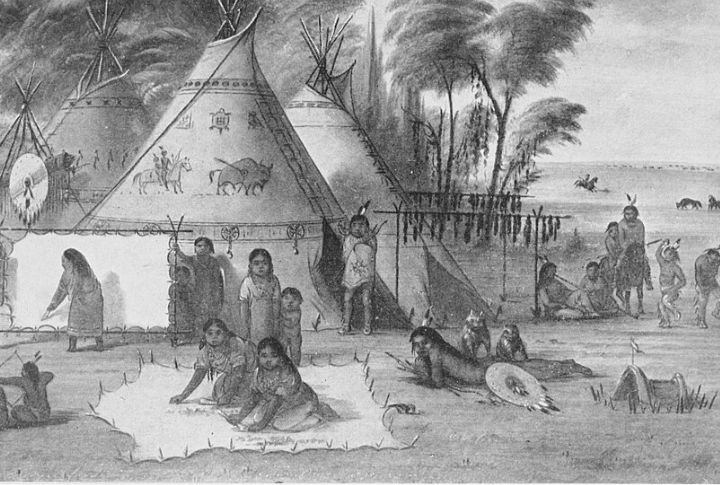
Ethnographer Clark Wissler documented this mysterious layout among 57 painted lodges remembered by early 1900s Blackfeet elders. Reserved exclusively for prominent chiefs and medicine men, painted tepees were said to be rare treasures. Maybe one in ten at huge Sun Dance gatherings were found.
Cross Stripe Tipi

Horizontal bands reveal hidden beaver spirits swimming, blessing inhabitants with animal wisdom and engineering genius. These industrious creatures symbolized persistence and skill in Plain’s cosmology. Their geometric lines strike a balance between ancient tradition and personal artistic expression. Living beneath beaver medicine meant channeling nature’s dedicated builders.
Head Carrier Tipi
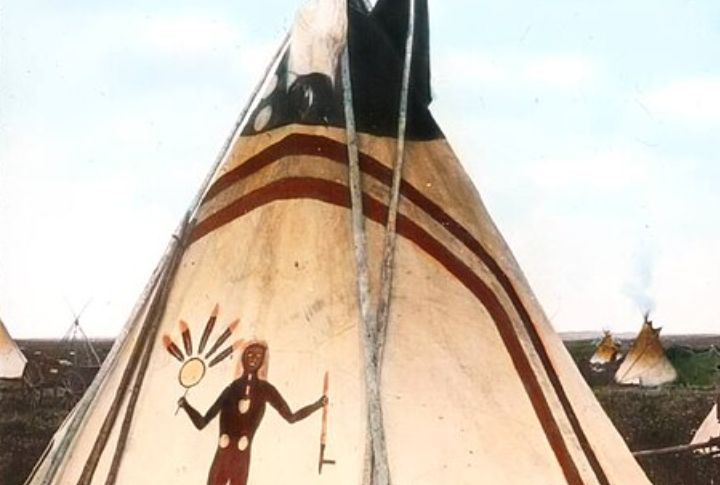
Mystery shrouds another haunting style, portraying a figure bearing an upside-down, feathered head. Well, its true meaning is lost in the shadows of time. Even modern Blackfeet elders can’t decode this visual riddle, though “Head Carrier” survives as a contemporary family name.
Sun Dance Lodge
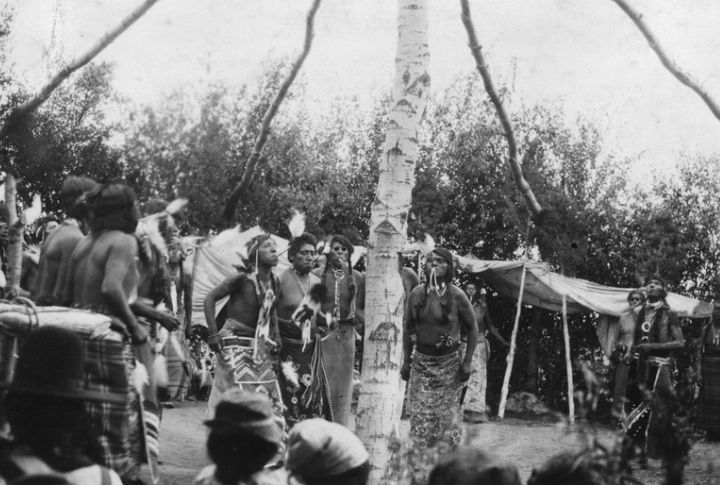
After the sacred center pole rose skyward, hundreds of tribal members gathered under this ceremonial structure for the Plains Indians’ most important ritual. Medicine men fasted four grueling days inside their special booth, sustaining themselves on mere bites of dried meat and shell cups of water.
Crow Tall-Pole Lodge
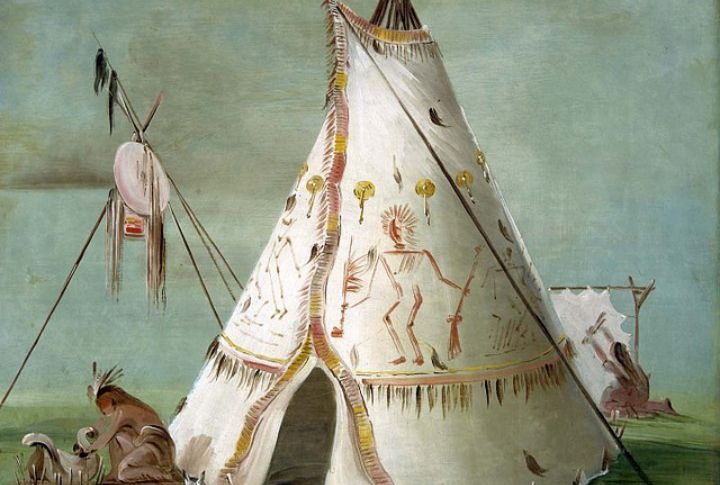
Crow architects reached for the heavens with dramatically extended poles that soared high above their tepee covers, creating majestic silhouettes against endless prairie skies. Such towering structures demanded exceptional construction skills and transportation expertise, with poles being two to three inches thick.
Blackfoot Wind-Resistant Design
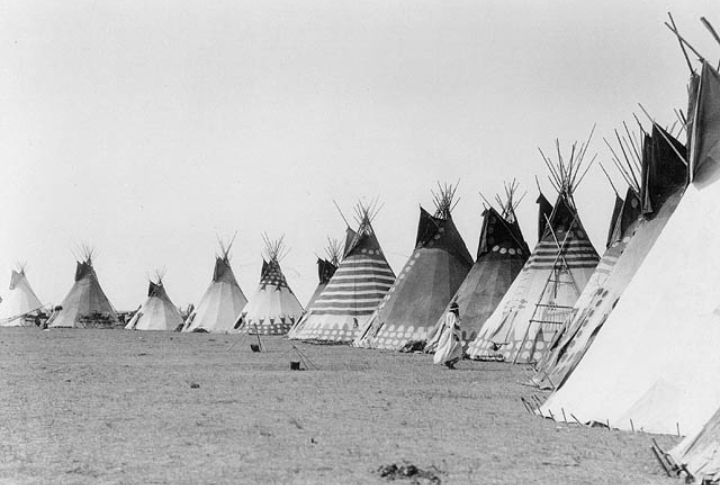
Prairie winds can knock a man flat, but certain ingeniously crafted tepees stood firm against nature’s fiercest tantrums. Blackfoot builders constructed less vertical shapes with strategic upper openings. This allowed rainwater to drain while retaining structural integrity. However, the setup required extra time.
Yakima Reed-Mat Lodge

Pacific Northwest brilliance replaced buffalo hide with woven reed mats, creating lighter shelters well adapted to regional resources. Edward Curtis captured these lodges around 1910, documenting how Native American creativity flourished when traditional materials were unavailable. Reed mats provided superb weather protection.
Woman’s Power Lodge
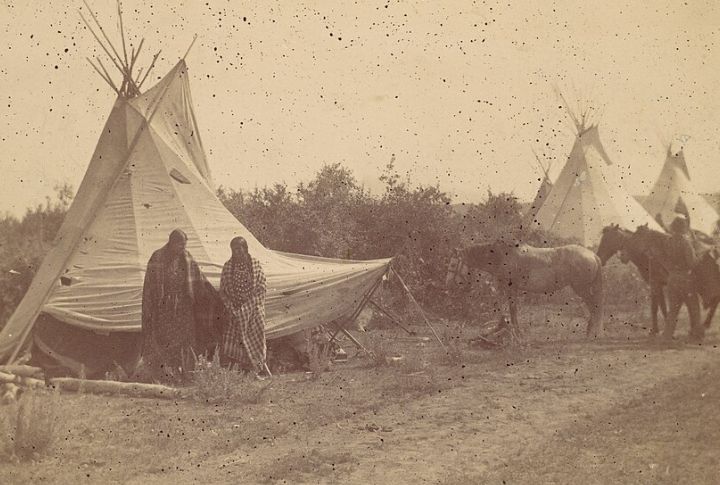
Cree communities celebrated feminine strength through tepees that honored women as family foundations and cultural keepers. You might not believe it, but ladies controlled every aspect, be it construction, maintenance, ownership, or village organization. Additionally, the circular design symbolizes life-giving forces and feminine wisdom.

